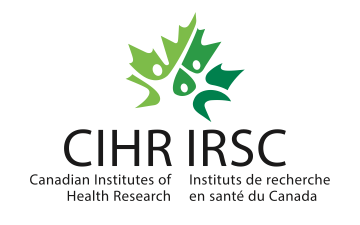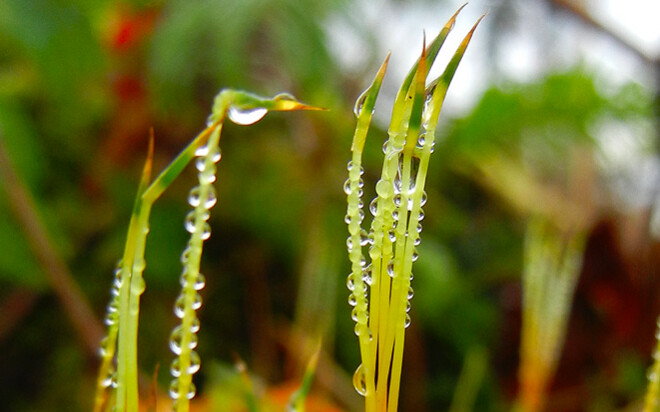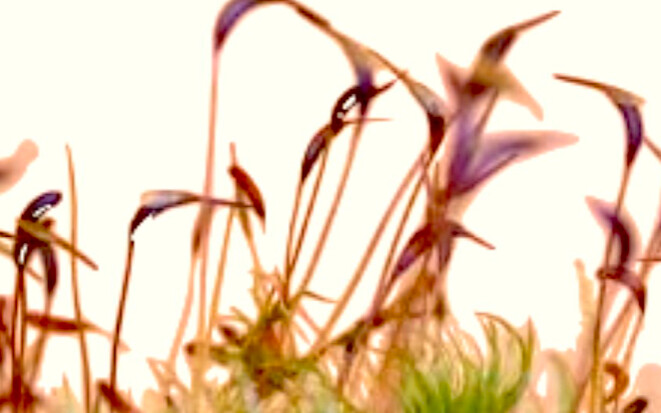Cards
(QUICK LINKS: Decks | plants | mammals | birds | | reptiles | fish | cephalopoda | insects | microbe | events
( scientist | project | modifier | technique |)

Catalyze Ideas
Modifier Card
CIFAR has been successfully taking on complex challenges for more than 30 years, connecting the world’s best minds to shape new perspectives & spark groundbreaking ideas.
Play:On your turn, you may use this card to look at the top 2 project pile cards. You may take 1, & return the other one to the top of the pile

Outreach
Modifier Card
The Michael Smith Laboratories at UBC, is home to internationally renowned programs of research, training, & outreach including the team that brought you this card game.
Play: On your turn, you may use this card to look at the top 2 project pile cards. You may take one, and return the other one to the top of the pile.

Fund Research
Modifier Card
The CIHR is Canada’s federal funding agency for health research. With 13 Institutes, it provides leadership & support to more than 13000 health researchers & trainees across Canada.
Play:During your turn, you may use this card to pick up two extra cards from any pile except for the burn pile.

BC BRYOPHYTES
Expansion Deck | Home Card
This set was designed to highlight a selection of the plethora of bryophyte species found in British Columbia, Canada.

BROOM MOSS
Dicranum scoparium


2 POINTS
Fact: The leaves of the gametophyte all curve to one side, giving it the appearance of a tiny broom

YELLOW-LADLE LIVERWORT
Scapania bolanderi


4 POINTS
Fact: This leafy liverwort is commonly found growing in Pacific Spirit park in turfs on the trunks of trees. Its’ leaves have toothed margins.